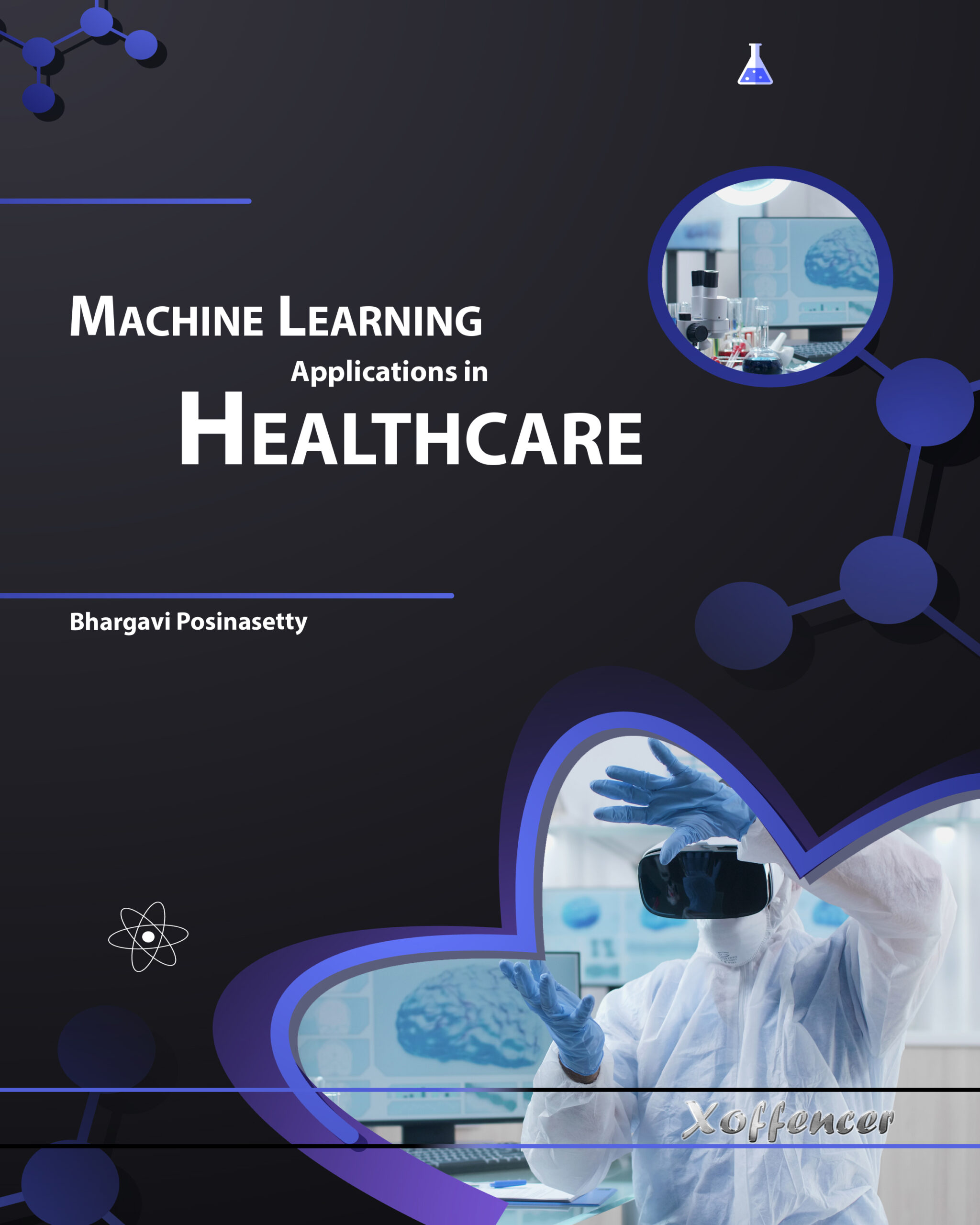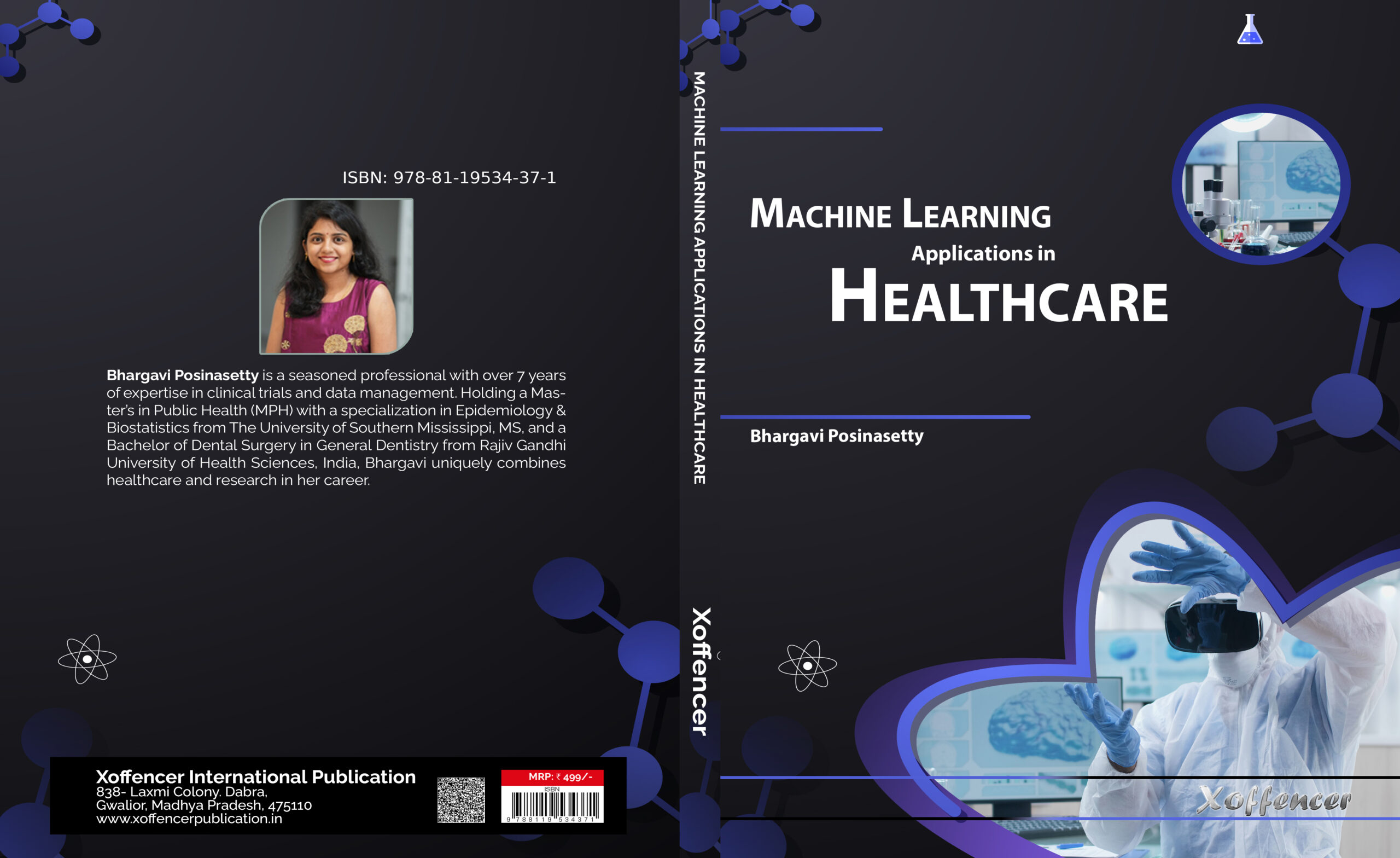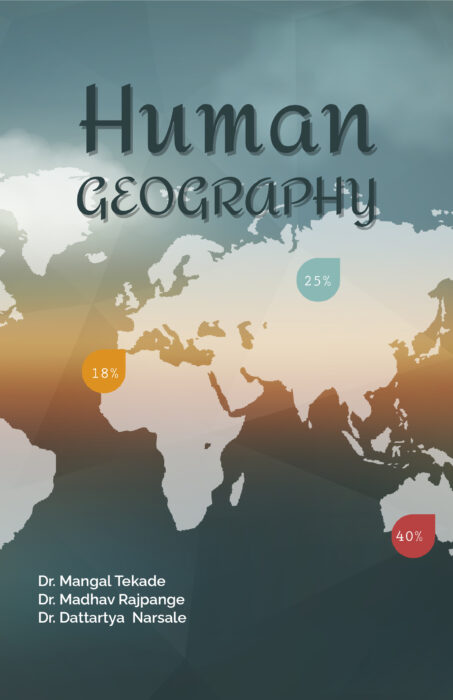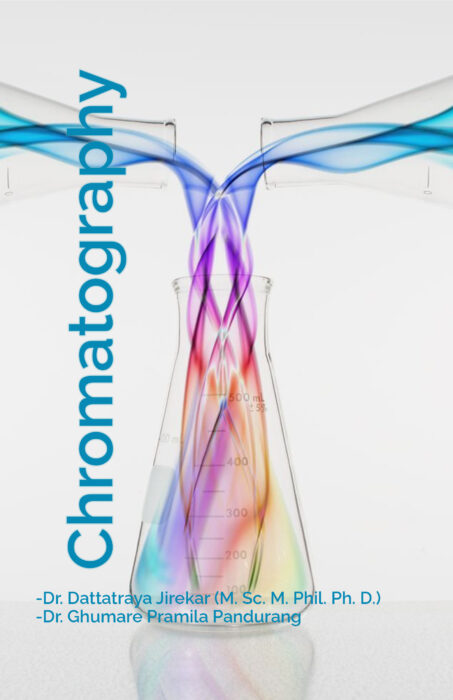Description
So, healthcare informatics is all about finding patterns in data and then learning from those patterns. Electronic health record (EHR) systems have greatly reduced healthcare costs by facilitating hospitals’ access to and sharing of patients’ medical records. Reducing operational costs and doing away with superfluous health tests could be the culprits for this savings. Unfortunately, collecting and mining clinical data for trends and patterns across different groups is made more difficult by the current status of EHR system administration. This is because there has been a recent upheaval in the administration of EHR systems. A uniform format for digital medical records is being worked on thanks to programs like the American Recovery and Reinvestment Act (ARRA) of 20091. Because of this, huge databases including medical records will be a reality. Afterwards, machine learning may be used to the data retrieved from these enormous archives to gain insight into trends across regions and make predictions. Studying the computational barriers that are limiting the adoption, exchange, and standardization of EHRs is the main objective of this area of study. Since these databases contain patients’ private information, it is crucial to set up open-access databases that are secure and resistant to cyberattacks. Here are just a few of the most prominent regional medical databases: The creation of these enormous databases including medical records requires a substantial investment in computer power and research to conquer the various challenges that will be discussed later on. When dealing with the evolving modalities brought about by new medical device technologies and the data generated by them, for instance, it is necessary to handle data structures that are always changing. New techniques for identifying diseases like cancer have emerged as a result of technological advancements in medical imaging, enabling faster disease prediction. More precise tumor identification and diagnosis is now feasible as a result of these developments. CT, ultrasound, and MRI are just a few of the well known imaging modalities that have helped advance less invasive surgery, image guided therapy, and precise treatment response monitoring. Innovations in imaging and diagnostic tools have made it possible to collect precise measurements of tumors and growths in real time.










Reviews
There are no reviews yet.